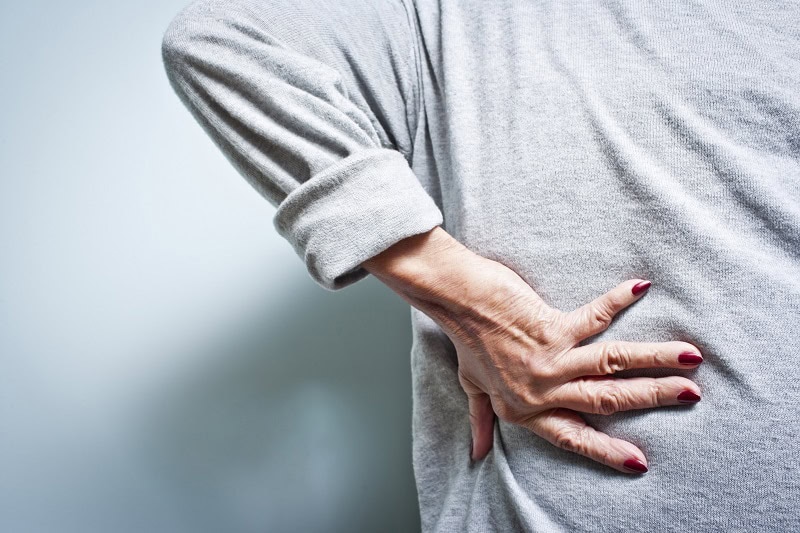Be Proactive Against Lymphoedema With Compression Arm Sleeves
October is Breast Cancer Awareness month, and one way we can raise awareness is to talk about a painful condition that often affects people undergoing cancer treatment.
Breast cancer is the most common type of cancer for women in New Zealand, affecting one in nine kiwi women over their lifetime.
A condition commonly associated with breast cancer – or breast cancer treatment – is lymphoedema, which causes swelling when the body’s lymphatic system isn’t working properly.
There is no cure for lymphoedema, but the good news is that there are simple but effective ways to prevent it from progressing.
Orthotic House supports people suffering from lymphoedema by supplying a range of quality compression sleeves to alleviate its symptoms.
What is lymphoedema?
Lymphoedema occurs when protein-rich lymphatic fluid builds up in the body’s tissues, leading to swelling and discomfort.
It can happen if your lymph nodes are damaged during cancer treatment, or as a result of the cancer itself.
It commonly affects the arms and legs, but it can also occur in other parts of the body.
In severe cases, lymphoedema can cause skin infections and sepsis.
What treatments are there for lymphoedema?
Some treatment options for lymphoedema include massage, exercise, and special care of the affected area.
Another highly effective way to treat lymphoedema is with compression of the affected area.
Compression arm sleeves, also known as compression bandages, are recommended by the Breast Cancer Foundation for women who have lymphoedema as a result of breast surgery.
How do compression sleeves help treat lymphoedema?
Unlike regular sleeves, compression arm sleeves are made of special fabrics that provide just enough pressure to promote lymphatic drainage.
They are designed to help reduce swelling by applying gentle pressure to the affected area. They can also improve circulation and prevent fluid buildup.
When it comes to arm sleeves, there is a range of compression levels from mild to firm.
How to use compression arm sleeves
Compression arm sleeves are worn over the affected area of your body, but you should seek medical advice before using one.
This is because the level of compression required depends on your specific needs, lymphedema diagnosis, and severity of the condition. You should also have your compression sleeve fitted by a medical expert.
If a compression garment is not fitted properly, it might not be effective and could cause further damage if it’s too tight or too loose.
Compression sleeves are good for traveling
It is highly recommended to wear compression arm sleeves while traveling, especially on long-haul flights. In addition to improving blood circulation, they will minimise swelling caused by sitting for long periods.
In addition to lymphedema, leg compression garments are also recommended for those over 35 years old or with leg vein disorders.
Compression travel stockings and socks can help reduce swelling and the risk of deep vein thrombosis, also known as DVT.
Is there funding available for lymphoedema treatment?
In New Zealand, the Breast Cancer Foundation funds lymphoedema therapy to the value of $180 with a lymphoedema therapist.
Therapy will include assessment, education and management.
The lymphoedema therapist can refer patients to Orthotic House for Te Whatu Ora funding for their compression garments as part of the ongoing management.
It’s important to keep in mind that compression arm sleeves are just one of the treatments that can help reduce the occurrence of lymphoedema or its progression.
When looking for treatments relating to breast cancer, always seek the advice of your healthcare professional, as they can provide personalised advice on the best course of action. Learn more about compression garments and how Orthotic House can help you.




